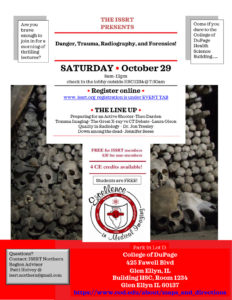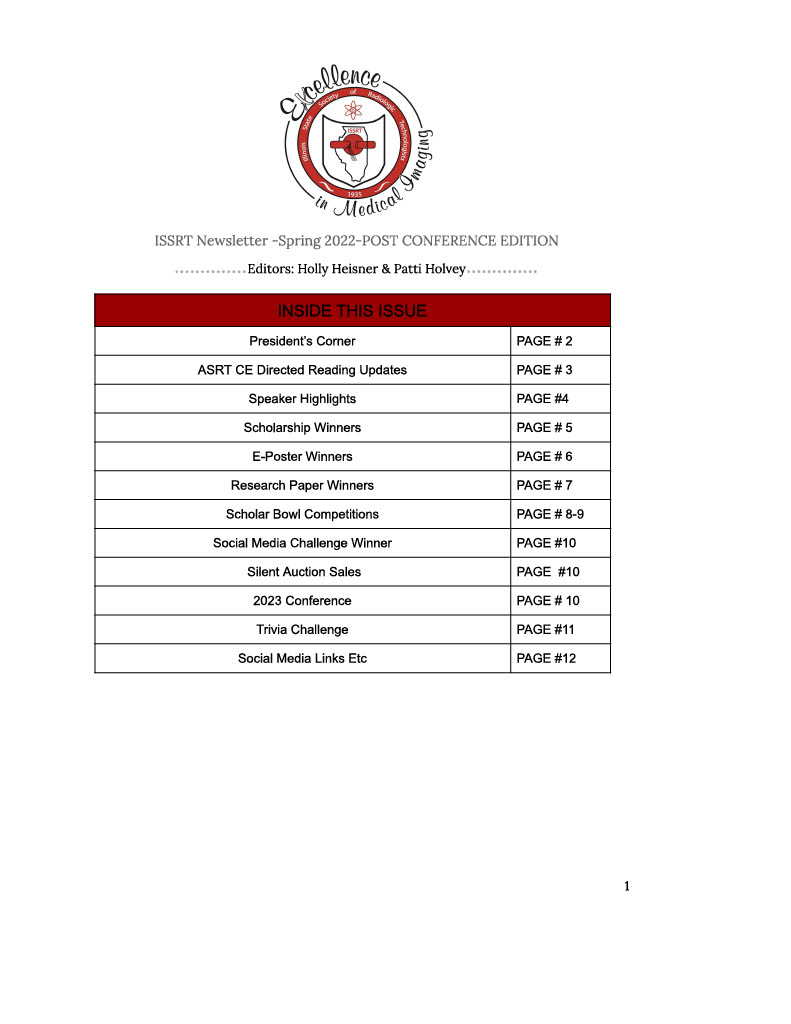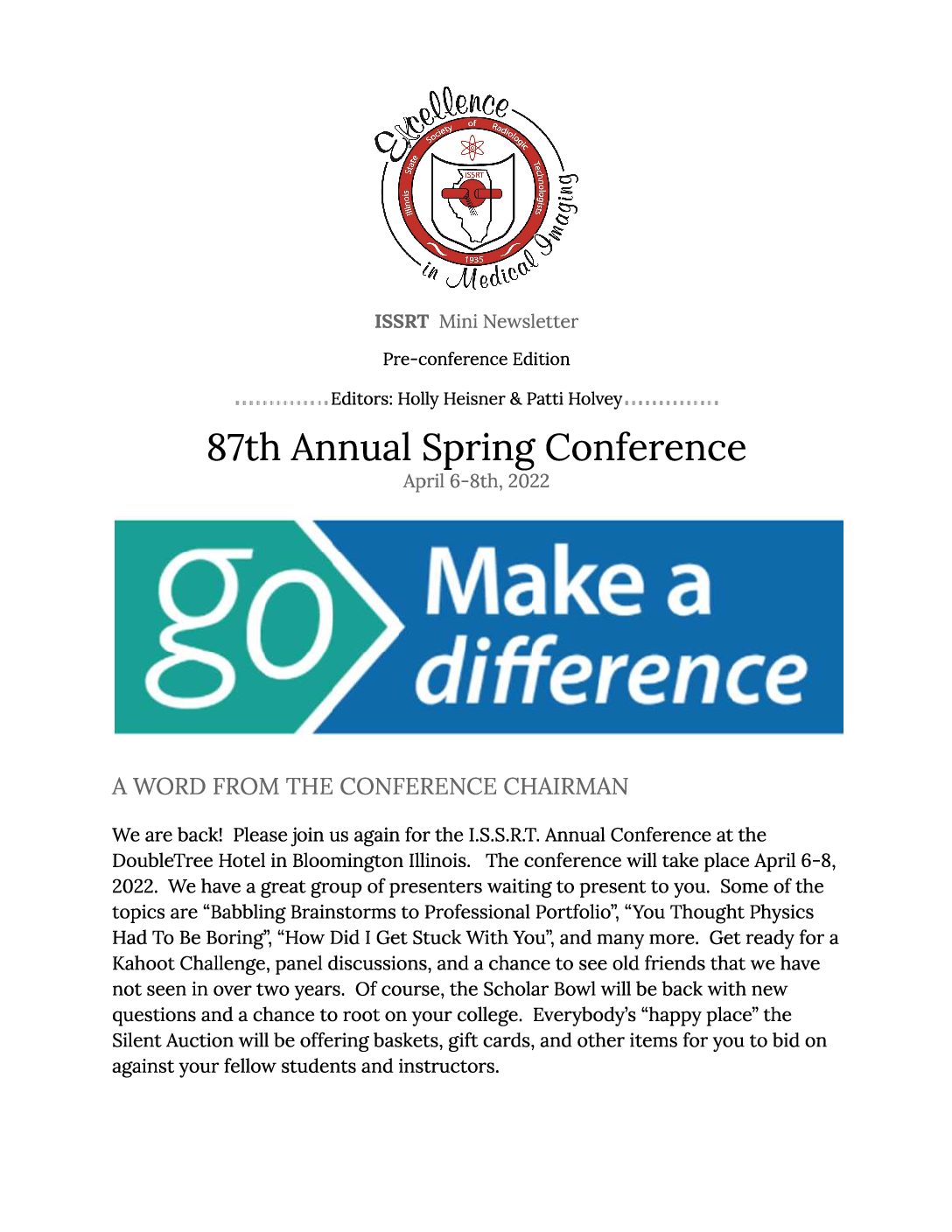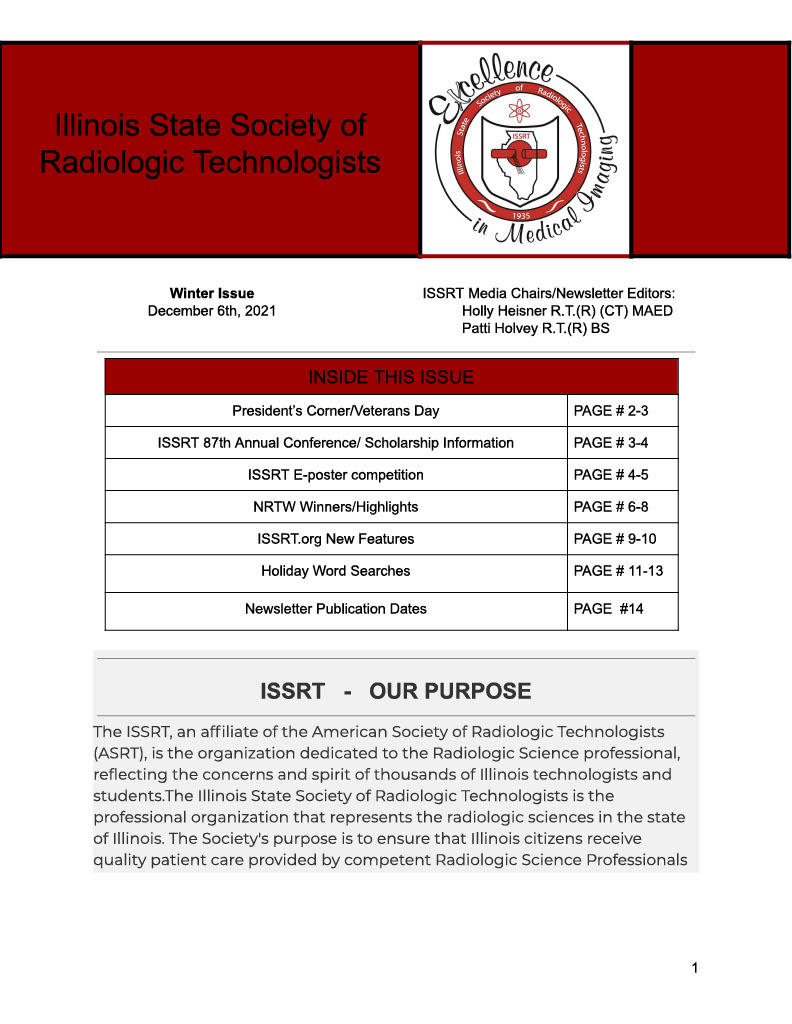Since the spring of 2019, the ASRT Board of Directors has engaged in multiple, in-depth discussions on the issue of discontinuing the use of fetal and gonadal shielding during medical diagnostic x-ray procedures.
Recommendations from the National Council on Radiation Protection and Measurementsannounced on Jan. 12, 2021, support an end to shielding specifically during abdominal and pelvic radiography. After review of the latest empirical research and in consideration of the recent information from the NCRP, the 2019 AAPM Position Statement (PP 32-A) and the U.S. Food and Drug Administration’s action to rescind its longstanding gonadal shielding recommendation (21 CFR part 1000.50), the Board has concluded that shielding the fetus and/or gonads during abdominal and pelvic radiography may result in a risk of repeat exposure. This risk outweighs any potential benefit from the limited reduction in patient dose from a shield placed within or near the exposed field.
Consistent with our commitment to a culture of radiation safety, it is the ASRT Board’s position that it is appropriate to discontinue shielding for abdominal and pelvic imaging when the exam is performed by a registered radiologic technologist.
The ASRT Board is committed to working with all of our partner organizations to design and disseminate educational materials to help inform the public about the extremely low dose from certain radiologic procedures and ASRT’s ongoing focus on patient safety through comprehensive radiation protection practices.
ASRT Update on Gonadal and Fetal Shielding
On Jan. 12, 2021, the ASRT Board of Directors released a statement supporting the discontinuation of the use of gonadal and fetal shielding specifically during abdominal and pelvic radiography.
Significant advances in technology have resulted in reduced patient radiation dose during radiographic procedures, opening the door to this change in clinical practice. However, the radiation protection methods implemented by registered and certified radiologic technologists remain an essential component of high-quality and safe medical imaging procedures. While shielding placed outside of the exposed field may offer only limited additional reductions to patient exposure, this low-risk practice is an important component of our comprehensive efforts to reduce excess radiation dose during our procedures.
The ASRT Board supports the continued use of lead shielding during radiographic procedures where shield placement is appropriate and aligned with minimizing patient radiation exposure. For example, the placement of a lap shield during a radiographic extremity procedure carries little-to-no risk of exam interference or error, but may significantly increase patient comfort and confidence, thus helping to reaffirm our profession’s commitment to maximizing safety. The elimination of all patient shielding from standard practice could exacerbate the radiophobia that exists among the public and our patients due to widespread media coverage of the published risks associated with medical radiation exposure.
Before considering the elimination of all patient shielding as a standard practice during radiographic procedures, it is essential that we educate our patients and health care colleagues on the recent advances in technology that have dramatically reduced patient radiation dose, as well as the indispensable role that radiologic technologists serve in the provision of safe and high-quality medical imaging procedures.
The ASRT will explore partnering with key stakeholders to collaboratively develop and disseminate educational materials to inform the public about the safety of our procedures.






